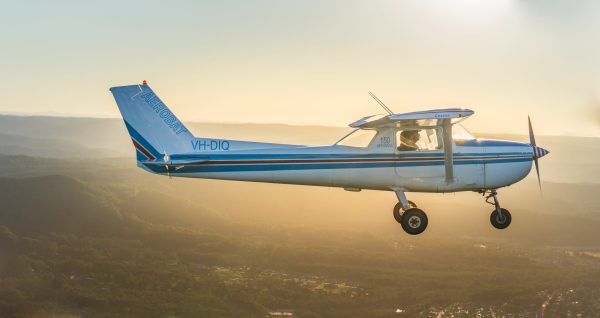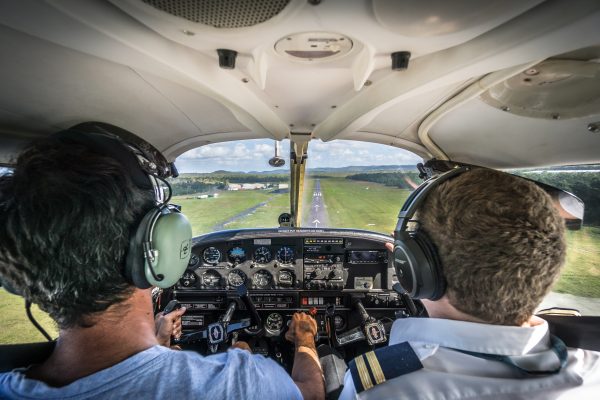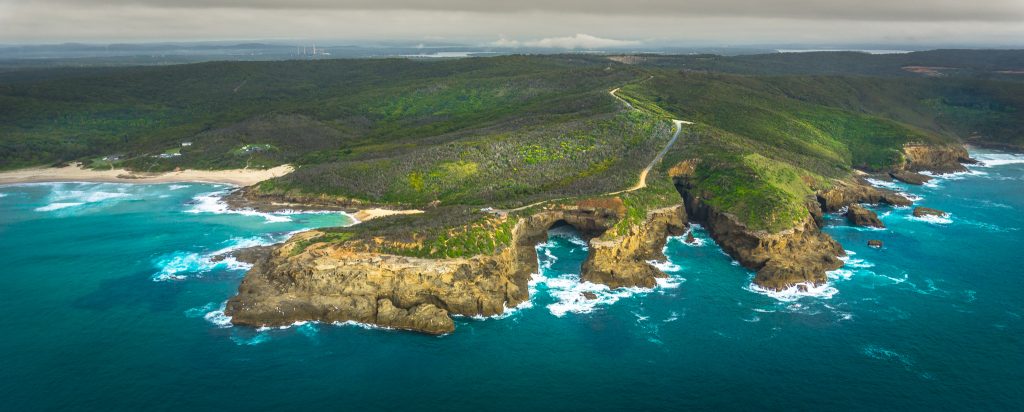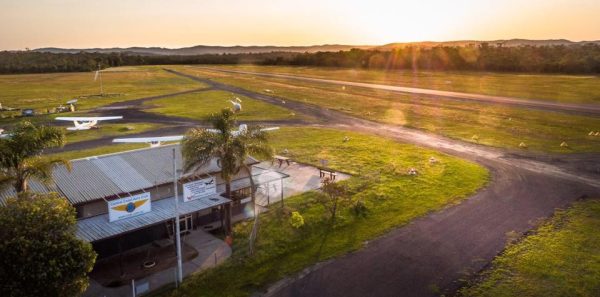
Ever dreamt of soaring through the skies just for the fun of it? If so, a Recreational Pilot Licence (RPL) might be just what you need. The RPL also forms the first rung on the ladder which will take you to the higher licence levels: the Private, Commercial and Air Transport Pilot Licences.
Let’s dive into what an RPL involves, the steps to get one, the requirements, and the privileges it grants to the pilot.
What is a Recreational Pilot’s Licence (RPL)?
Think of an RPL as your ticket to fly light, single-engine aircraft for fun. Introduced in 2014, it’s perfect for those who want to enjoy flying without turning it into a career. Imagine the freedom of taking off whenever you want, exploring new places from above, and sharing the experience with friends and family.
Steps to Obtain an RPL
You need to be at least 16 years old. You can commence your training earlier than this and can actually fly an aeroplane solo from 15 years old (earlier than you can drive a car by yourself!), you just need to have turned 16 by the date of the flight test for issue of the RPL.
You should be able to speak and understand English well enough to communicate effectively. This is an International Civil Aviation Organisation (ICAO) requirement. In effect, it just means you need to be assessed as being at least a level 4 English speaker, so having an accent, and/or being a non-native speaker is not an impediment to gaining your licence, as long as you are deemed to be at least level 4 or higher. More on English language requirements can be found here: Aviation English language proficiency | Civil Aviation Safety Authority
You’ll need to pass a medical exam. This could be a Class 1, Class 2, Basic Class 2 or Class 5 medical. Each of these levels of medical confer different privileges on the pilot, but all will allow the issue of an RPL. More information on aviation medical requirements can be found here: Aviation medicals and certificates | Civil Aviation Safety Authority

Steps in Your Training:
Sign up with a Part 141 training operator such as the CCAC to learn the ins and outs of flying. This is where you’ll get all the knowledge you need. The theory can be self-studied with guidance form our instructors, or you can attend one of our dedicated RPL theory courses.
Flying Hours:
You’ll need at least 25 hours of flying time. This includes 20 hours of dual instruction (with an instructor) and 5 hours flying solo. Whilst 25 hours is a minimum, being competency based training, everyone will require a different amount of time to reach the required standard with both student and instructor comfortable that the desired level of competency has been reached. 30-35 hrs is a typical amount of flying required for most students. It’s a mix of learning and practicing.
Examinations:
Pre Solo exam. Whilst not a formal requirement, many flying schools (including the CCAC) will have you pass a small theory exam prior to being allowed to conduct your first solo flight.
Pre Area Solo exam. As for the Pre solo exam, there may be a school-set exam prior to leaving the circuit area around the runway for flight out into the training area for the first time by yourself.
RPL Exam: This is a required exam, and is set by the aviation regulator, CASA. It is a ‘cyber-exam’ which means it is conducted over a computer under the supervision of a qualified invigilator. There are numerous testing centres throughout Australia where they cyber exam can be conducted. The CCAC is an approved testing centre, and we have two exam invigilators on staff.
Flight Test:
This is where you show a testing officer all you have learnt in your practical and theoretical studies up to this point! You will demonstrate proficiency in basic straight and level flight, climbs, descents and turns. You will show your ability to recover from aerodynamic stalls, fly an accurate steep turn, fly solely by reference to the flight instruments and land safely on a whole raft of different approaches and simulated emergency conditions.
Assuming you pass your flight test, you are virtually there, all that is left is to…
submit your application to the Civil Aviation Safety Authority (CASA) with all the required documents and fees. This will often be done by your testing officer on your behalf.
Then, wait for your licence to arrive!
Minimum and Average Requirements Summary:
Minimum Requirements:
Age: 16 years old.
Flying Hours: 25 hours (20 hours dual, 5 hours solo).
Medical Certification: Class 1, Class 2, Basic Class 2 or Class 5.
Aviation English Language proficiency at least level 4.
Average Requirements:
While 25 hours is the minimum, many students end up doing around 30-40 hours of flight training in order to reach a satisfactory level of competency.

Privileges of an RPL
So, what can you do with an RPL?
Quite a bit, actually!
- You can fly light, single-engine aircraft on your own. No need for supervision—you’re the boss!
- You can take passengers with you (number of passengers depends on level of medical held).
- Initially, you’re limited to flying within 25 nautical miles of your departure point. But with additional training and endorsements, you can lift this restriction and fly cross-country or in controlled airspace.
- You are limited to aeroplanes with a maximum take-off weight of 1500 kgs. This in effect means you are generally restricted to aircraft with 4 seats or less.
- You’re restricted to flying during daylight hours and in good weather. This keeps things safe and simple.
- You can fly up to 10,000 feet above mean sea level (AMSL). Want to go higher? You’ll need a Class 1 or Class 2 medical certificate or have another qualified pilot on board.
You can also add endorsements to your RPL for more privileges, like flying different aircraft types, conducting cross-country flights, or flying in controlled airspace.
Keeping Your Licence Active
To keep your RPL valid, you’ll need to complete a flight review every two years with a qualified flying instructor. This review is similar in content to your flight test, but is only a review, so can include some elements of training and instruction by the flying instructor.
Additionally, if you are carrying passengers, you will need to have performed at least three take-offs and landings in the previous 90 days.
You will also need to keep your medical certificate current, as well as have a current aviation security check.
Conclusion
Getting a Recreational Pilot’s Licence (RPL) is an exciting journey that opens up a world of possibilities. By meeting the basic requirements and completing the necessary training and exams, you can enjoy the thrill of flying. The RPL provides a solid foundation for your aviation adventures.
Once you obtain your RPL, you can add endorsements such as navigation, controlled airspace, flight activity endorsements (aerobatics or formation flying) or design feature endorsements (retractable undercarriage or manual propeller pitch control).
Or you can move onto a full Private Pilot licence (PPL), which allows for flight anywhere in Australia (or indeed the world) in larger, faster aircraft, and allows for specialised activities such as flying at night or in cloud. Or you can even progress to a full Commercial Pilot Licence (CPL), a professional qualification, which allows you to be paid to fly.
Ready to take the first step?
Start by researching local flight schools and training operators. We are always happy to sit down for an obligation free discussion over a coffee and go through any questions you may have. More information, including current average cost, is available on our web page here: Recreational Pilot’s Licence (RPL) – Central Coast Aero Club
The Central Coast Aero Club is conveniently located midway between Sydney and Newcastle (within 1 hour of each), on the beautifully scenic Central Coast, just off the M1 motorway at Warnervale.
For an obligation free discussion about how we can help you attain your aviation goals contact the Central Coast Aero Club
See photos and videos of what we do on our social media channels: Facebook & Instagram

